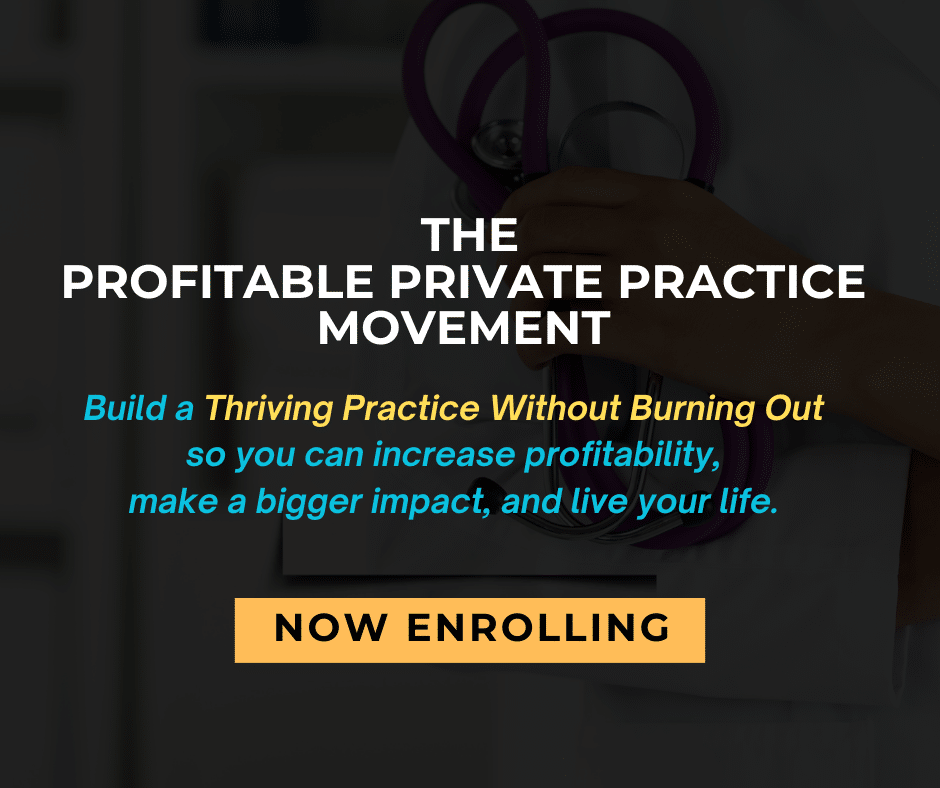
So, you’re ready to step forward and become a medical entrepreneur? Congratulations! Read on for some practical advice and tips on finding your perfect niche as a medical entrepreneur.
We’re all concerned over the problem we face with an overburdened public health care system. One that’s not going to fix itself. We desperately need to achieve a self-sustained and developed economy to rebalance the structure between care and profitability.
This is where medical entrepreneurs can truly shine.
But like any other entrepreneur, a medical entrepreneur faces many hurdles they will need to overcome — financial and investments, rampant bureaucracy, abiding by corporate and government regulations, and competition in the form of giant multinational corporations, to name a few.
But before you get discouraged, let me tell you the stories of two doctors who started as healthcare professionals and became successful medical entrepreneurs. Sometimes stories can teach and inspire us more than just a list of what to do and how to do something big.
Dr. James Somauroo
Dr. James Somauroo is the founder and CEO of SomX, a health tech-specific communications agency. He produces the Healthtech Podcast, a podcast with 12,000 downloads per month and listeners in 120 countries. He also writes the Healthcare Pigeon, a newsletter with about 2,000 weekly readers.
SomX does two main things — PR and multimedia content for health tech companies. These health tech companies can be anything from seed-stage startups all the way to multinational corporates. SomX is centered in health tech, so everybody in the company understands and knows healthcare and technology.
Their goal is to set companies up so that they also do two main things with their content. They add value to their audience (educational, entertaining, or both), and they help companies sell to their audience by communicating their key messages.
Dr. Somauroo describes himself as a distracted medical student who was interested in other things. Technology, for one. He was also distracted by business and learning how businesses are made and run. He likes design and social media and was one of the early medical adopters of LinkedIn.
When he first qualified as a doctor, he found himself dragged into solving problems on wards and in systems. The first thing he did was fix a printer, which seemed very innocuous, but everybody used to wait outside the doctors’ mess for a ridiculous amount of time in hopes of using the printer.
He would call IT, trying to get a few printers fixed. He found that if you could open up a bottleneck through something as simple as fixing a printer, the knock-on effects on a healthcare system are enormous.
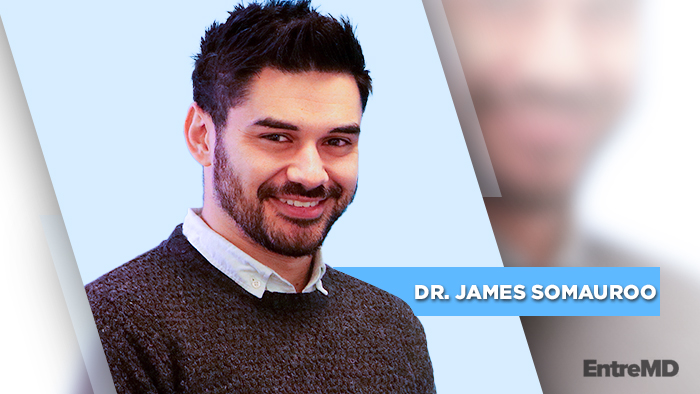
That feeling of impact for something so simple stuck with him and became addictive. Fast forward through several years, by which time he had learned about the management side of healthcare finances, joined the digitalhealth.london accelerator program, and worked his way to running the program. He then set up his own accelerator, helping seed entrepreneurs find co-founders, develop an early idea, and get their first capital.
At the same time, he started writing for Forbes on health tech and started both The Healthtech podcast and the Healthtech Pigeon — which focused more on media. It was then that he combined his two main interests and came up with the idea for SomX.
With Dr. Somauroo’s experience managing a cohort of startups from his accelerator days and his knowledge of how to solve many problems with media, he met and began collaborating with his partner, Jessica. She has a press and PR background, specifically in healthcare and technology companies.
They had alpha and beta clients for a year while they figured out their value propositions and a business model. Recently they fully launched to the public and now have around 15 clients on retainer.
Before you shake your head in admiration and tell yourself, “That’s not me,” let me help you unpack what Dr. Somauroo did.
He Noted His Interests and Skills
I love how he modestly describes himself as a “distracted medical student.” He’s probably not the only medical student who spent years loving more than just his medical books.
While he chose to pursue medicine, he was admittedly also interested in and had a natural talent for:
- Technology
- Business
- Design
- Social media
And where he is now fully utilizes each of those interests into a successful healthcare business. Rather than siloing those interests and skills, he eventually wove them together into a venture that lets him feel the impact in his work, which he calls “addictive.”

His interest in technology let him affect a fix to a bottleneck problem at his hospital. I’m not sure if he fixed the printers himself or used his knowledge to light a fire under the IT department’s posterior, but whichever it was, it solved a bigger problem than simply one of equipment malfunction.
With the benefit of hindsight, I imagine Dr. Somauroo is pleased with the list of quite different interests and skills he developed over the years.
But I venture to guess that he didn’t stand at the beginning of his career and think, “It would really be handy for my future medical entrepreneurship for me to learn about and develop skills in technology, business, design, and social media.” It’s just with hindsight that it’s clear how those four different areas can work well together.
So, what interests and skills do you have outside of medicine? Take some time to make a comprehensive list of both of these. Even (and maybe especially) if they don’t have any obvious overlap with healthcare.
He Asked, “What Other Problems Can I Solve?”
Back to the printer episode. He didn’t just accept the pats on the back his printer fix probably garnered. He went on to ask himself, “What other problems can I solve like this?” He was struck by how simple and far-reaching the impact of fixing this one simple problem was.
Entrepreneurship 101 will tell you that before you start building a company, the first thing you need to do is find a problem to solve. The problem serves as the foundation for your company.
You might think you have the next big idea, but have you done the necessary research to see if there’s a need in the marketplace? Is no one solving this problem, or is this space full of slow-moving companies who aren’t addressing the problem as well as they could?
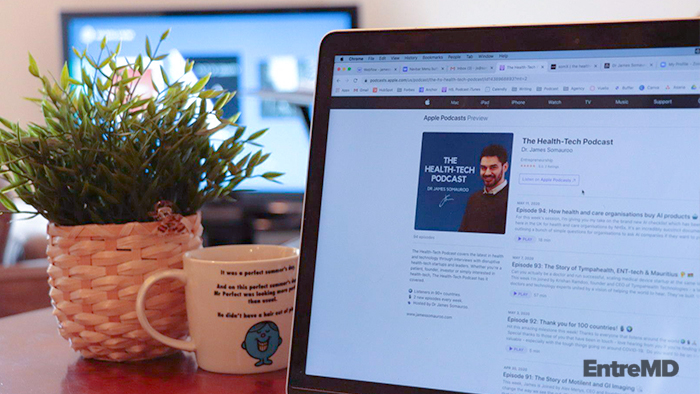
It can be really tempting to have a hot idea and just move forward, but before you do, take a step back and assess both the marketplace and your abilities. I once read that starting a company is equal parts passion and planning. You need the motivation for both.
Assess the market’s needs with extensive market research and an in-depth study of different specializations in healthcare. Success comes from understanding the market needs and connecting with customers by filling in a necessary gap.
Find the problem you actively want to solve that matches your interests and skills and has significant opportunity built-in.
Dr. Krishan Ramdoo
Dr. Krishan Ramdoo is the CEO and Founder of TympaHealth, a London-based startup that has created the world’s first all-in-one hearing health assessment system. It’s a smartphone-enabled tool capable of aural micro-suction, screening audiometry, and otoscopy.
Dr. Ramdoo is also an ENT surgeon and has a Ph.D. in hearing. Previously he trained as an Ear, Nose, and Throat (ENT) registrar before switching to General Practice.
TympaHealth’s ambition is simple: to offer a complete ear and hearing healthcare solution with its all-in-one ear and hearing assessment device. This device, called the Tympa system, allows non-specialists to perform digital otoscopy, microsuction wax removal, and a hearing screener test within a single 30-minute appointment.
Once the ear is clear from wax or debris, clinicians can then assess the patient’s overall hearing with the Tympa system’s hearing screener. If the patient needs more help, they can use Remote Review, a remote advice and guidance service. This lets the clinicians send images and videos to ENT and Audiology experts for further analysis.
All patient records are backed up by a fully digital secure system, which can be quickly and easily shared with ENT surgeons, audiologists, or GPs if that’s needed.
Dr. Krish, as he’s known to his patients, made a simple intervention when he was an early resident that changed a patient’s life. Jane, 79, had come to the hospital with an infection unrelated to her hearing. Her treatment was successful, but she still seemed confused and disengaged with her family.
Everyone was worried that she might be suffering from early-onset dementia, but Dr. Krish didn’t think so. As an ENT doctor, he decided to look in her ears, where he found a significant build-up of wax, which prevented a proper hearing assessment.
He took her down to the ENT department and removed the wax himself. He then booked her a hearing test and discovered she had age-related hearing loss. Jane was fitted with a hearing aid and, within six months, was a different person.
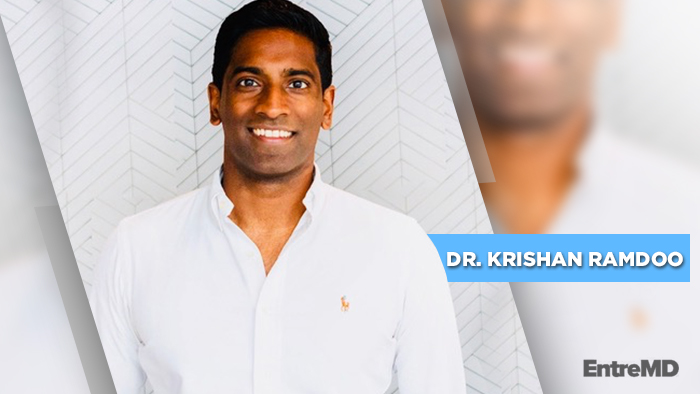
Inspired by Jane’s experience, he began to research and understand how the loss of hearing has huge implications on the social isolation, quality of life, and the safety of individual patients. Hearing loss is also a known cause of problems with balance and falls and a 9% contributory factor in the risk of developing dementia (RNID).
He says:
“[After my experience with Jane] I had this idea and innovation as to how I could change the way ear and hearing health was delivered. Not only here in the developed world but around the whole world in developing low-income resource countries. Her experience really triggered me. I thought, that’s a simple intervention I did that made a big impact on this lady’s life.”
After 12 years as a practicing clinician and while doing his Ph.D. in hearing health, he was chosen by the National Healthy System England Clinical Entrepreneur Program. This program chooses clinicians doing exciting things and helps them commercialize their idea.
His idea was to develop a tool that could be put in the hands of allied health professionals outside the specialist environment so more patients could be seen and treated faster but still accurately and efficiently.
He and his team developed this solution which lets it be taken into the community but still be linked to a specialist. This gives consumers self-efficacy and allows them to be self-sufficient in ways they have never been before.
As of last month, this technology has been used on more than 200,000 patients. It has one of the world’s largest banks of ear and hearing health images and videos. They’ve labeled more than 25,000 out of the 250,000 images and videos that can be used as a library bank for clinicians and professionals alike.
But before your mouth drops open and you tell yourself, “That’s definitely not me,” let me help you unpack what Dr. Krish did.
He Did Some Lateral Thinking
Because of his experience with Jane, he realized that he could never see as many patients as needed help due to an overwhelmed healthcare system. So rather than dig deep and try to work harder, he began to think about ways he could review them remotely and then provide some guidance.
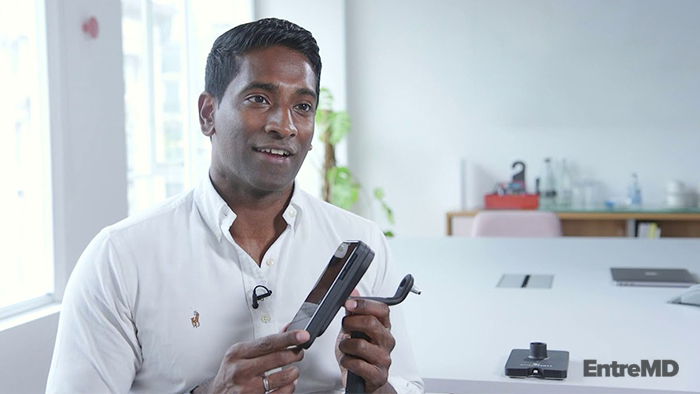
If he could figure out how to do that, he could see only the patients in his clinic who really needed a hands-on visit. That line of thinking led him down a path that ended with launching a product that upskilled the workforce to take the solution to the patient in whichever environment they’re in. One that can look inside an ear, remove any blocking wax and conduct a hearing assessment into one digital record that can then be shared with any clinician in any location.
He Didn’t Try to Do It All Himself
In the journey that led him to his perfect niche, it’s clear that Dr. Krish didn’t let what he didn’t know stop him from pursuing his big idea. He attributes the fact that medicine is a natural breeding ground for working as part of a team as the reason why building the necessary team was natural.
He took the time to evolve his problem-based solution, and he took the time to build the right team around him. He says that hiring a great CTO was key, which was then followed by his CTO bringing together the right tech team.
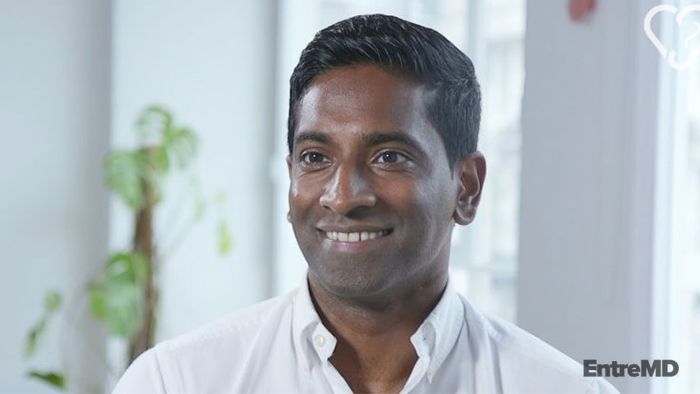
Many physician entrepreneurs may struggle with second-guessing their niche because of the difficulty they have in feeling they need to carry an entire load of surveying a target market, researching the competition, assessing potential profitability, and testing their idea.
No one human can do all that, and it’s when you can share the burden amongst a team, you can start to relax into your perfect niche. One that plays to your interests and skills and fuels a passion that will carry you through the hard work of becoming a medical entrepreneur.
This idea of medical entrepreneurship is exactly what fills me with energy and drive, and I love not just continuing my journey but helping others start on theirs.
If you’re interested in learning more, join the EntreMD inner circle by subscribing here to get my latest content by email.


